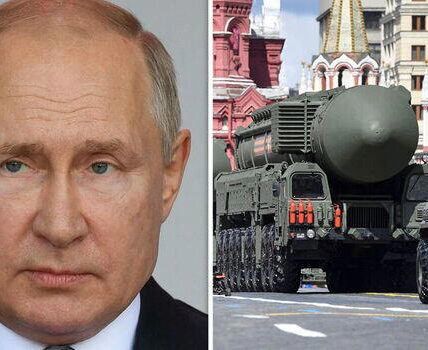- Homepage
- world affairs
- “Sustainable Energy Revolution: 5 Groundbreaking Breakthroughs Igniting Hope”
“Sustainable Energy Revolution: 5 Groundbreaking Breakthroughs Igniting Hope”
Table of Contents
ToggleSustainable Energy Revolution: A Breakthrough in Nuclear Fusion
Join us as we explore the latest breakthrough in nuclear fusion technology, marking a significant step forward in the quest for sustainable energy. Discover how researchers are revolutionizing energy production through fusion, potentially replacing coal and gas with clean, inexhaustible power sources.

© AddMeshCube – stock.adobe.com
Introduction: The Promise of Sustainable Energy
In our journey towards a sustainable energy future, recent advancements in nuclear fusion have sparked hope for a revolution in energy production. Imagine harnessing the power of the sun to fuel our world, eliminating our dependence on finite fossil fuels like coal and gas. This dream is becoming increasingly tangible, thanks to breakthroughs like the one we’re about to explore.
Understanding Nuclear Fusion
Nuclear fusion, the process that powers the sun and stars, holds the key to virtually limitless energy. Unlike nuclear fission, which splits atoms, fusion combines them, releasing immense amounts of energy in the process. The fuel for fusion reactors, hydrogen isotopes like deuterium and tritium, can be derived from sources as abundant as seawater, offering a sustainable solution to our energy needs.
The Tokamak: A Gateway to Fusion
At the heart of fusion research lies the Tokamak, a toroidal reactor that uses magnetic fields to confine and heat plasma to extreme temperatures. The goal? To recreate the conditions found in stars right here on Earth. Projects like the International Thermonuclear Experimental Reactor (ITER) are at the forefront of this endeavor, striving to demonstrate the feasibility of fusion energy as a clean, sustainable power source.
The Latest Milestone: A Record-Breaking Achievement
In a recent feat of engineering prowess, researchers from the U.S. Department of Energy (DOE) and the Princeton Plasma Physics Laboratory (PPPL) achieved a groundbreaking milestone in fusion technology. Operating the Tungsten Environment in Steady-state Tokamak (WEST), they maintained a plasma temperature of 122 million degrees Fahrenheit for a remarkable six minutes, with increased energy input and density. This represents a significant leap forward in our quest for sustainable energy.
X-ray Insights: Shedding Light on Fusion
To better understand and optimize fusion reactions, scientists are employing cutting-edge technologies like X-ray imaging. By using specially modified X-ray machines, researchers can observe and analyze plasma radiation with unprecedented detail. This innovative approach, developed in collaboration with Swiss manufacturer DECTRIS, offers valuable insights into the behavior of fusion plasma, guiding future research efforts.

© Provided by The Telegraph
Exploring Fusion Reactor Variants
While the Tokamak is the most widely studied fusion reactor design, researchers are exploring a range of approaches to achieve controlled fusion reactions. From Stellarators and Inertial Confinement Fusion (ICF) to Magnetized Target Fusion (MTF) and Reversed-Field Pinch (RFP), each variant offers unique advantages and challenges. By diversifying our efforts, we increase our chances of success in realizing the potential of fusion energy.
Overcoming Challenges: Taming the Fusion Beast
Despite the remarkable progress made in fusion research, significant challenges remain on the path to practical fusion power. One such challenge is the durability of reactor materials in the harsh fusion environment. While materials like tungsten offer superior heat resistance, they also present challenges in terms of fuel retention. Balancing these factors is crucial to the long-term viability of fusion reactors.
Looking Towards the Future: A World Powered by Fusion
With each new breakthrough, we edge closer to realizing the dream of sustainable fusion energy. While continuous operation remains a formidable hurdle, researchers are optimistic about the possibilities. Achieving milestones like maintaining fusion for 24 hours could pave the way for widespread adoption of fusion power, transforming the energy landscape for generations to come.
Conclusion: A Brighter Tomorrow with Fusion Energy
As we stand on the cusp of a sustainable energy revolution, the potential of nuclear fusion shines brighter than ever before. By harnessing the power of the stars, we can usher in a new era of clean, inexhaustible energy, leaving behind the era of coal and gas. With determination, innovation, and collaboration, we can turn this vision into reality, powering a brighter, more sustainable future for all.
ALSO READ:
AI-controlled Warplane: 10 Groundbreaking Feats of Sky Dominance!



